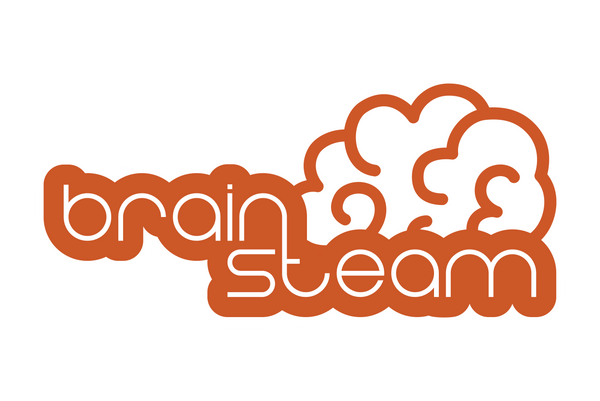Early childhood education is a critical phase in a child's development. It is during this period that children learn and develop critical skills that will help them succeed in their future academic and personal lives. Visual learning is an essential aspect of early childhood education that has been proven to have a significant impact on a child's development.
Visual learning involves the use of visual aids such as pictures, videos, and diagrams to teach children. It helps to stimulate the child's brain and improve their retention of information. Here are some of the reasons why visual learning is critical in early childhood education:
Enhances Memory Retention
Visual learning helps children to retain information better. Children can remember pictures and videos more easily than words or abstract concepts. This is because visual aids are more engaging and memorable, making it easier for children to recall information when needed.
Builds Critical Thinking Skills
Visual learning promotes critical thinking skills in children. When children are exposed to visual aids, they learn to analyze and interpret the information presented. This helps them to develop critical thinking skills that are important in problem-solving and decision-making.
Increases Engagement
Visual learning increases the engagement of children in the learning process. Children are naturally curious and drawn to colorful and engaging visuals. Visual aids make learning more interesting and fun, which encourages children to participate actively in the learning process.
Improves Communication Skills
Visual learning helps to improve communication skills in children. When children learn through visual aids, they are exposed to different forms of communication, such as body language and facial expressions. This helps them to understand and interpret non-verbal cues, which is important for effective communication.
Cater to Different Learning Styles
Visual learning caters to different learning styles. Children have different learning styles, and some may learn better through visual aids than others. Visual learning provides an alternative form of learning that can be more effective for some children.
In conclusion, visual learning is an essential aspect of early childhood education. It helps to enhance memory retention, build critical thinking skills, increase engagement, improve communication skills, and cater to different learning styles. As educators, it is important to incorporate visual aids into teaching methods to ensure that children receive the best possible learning experience.

